Rhinoplasty
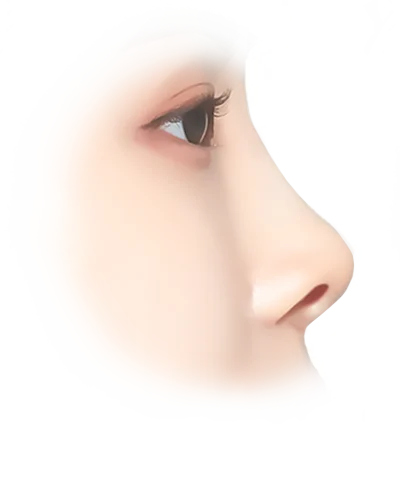
before
Unnatural nasal line
and minimal improvement
after previous surgery.
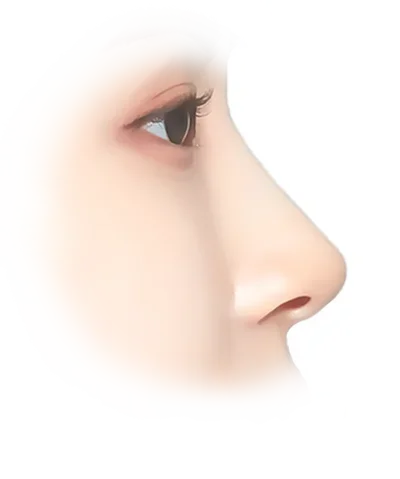
after
Naturally improved
nasal line after revision surgery.
Revision Rhinoplasty
than primary rhinoplasty due to altered anatomy
and scar tissue from the previous surgery.
It is important to choose a surgeon with extensive experience
and a reliable safety system, as patients often
experience heightened psychological stress.
Experienced Surgeons
Safe Surgical System
345 Youtube
Watch the Video on
Revision Rhinoplasty
Learn more about the reasons for revision rhinoplasty through the video.
345 YouTube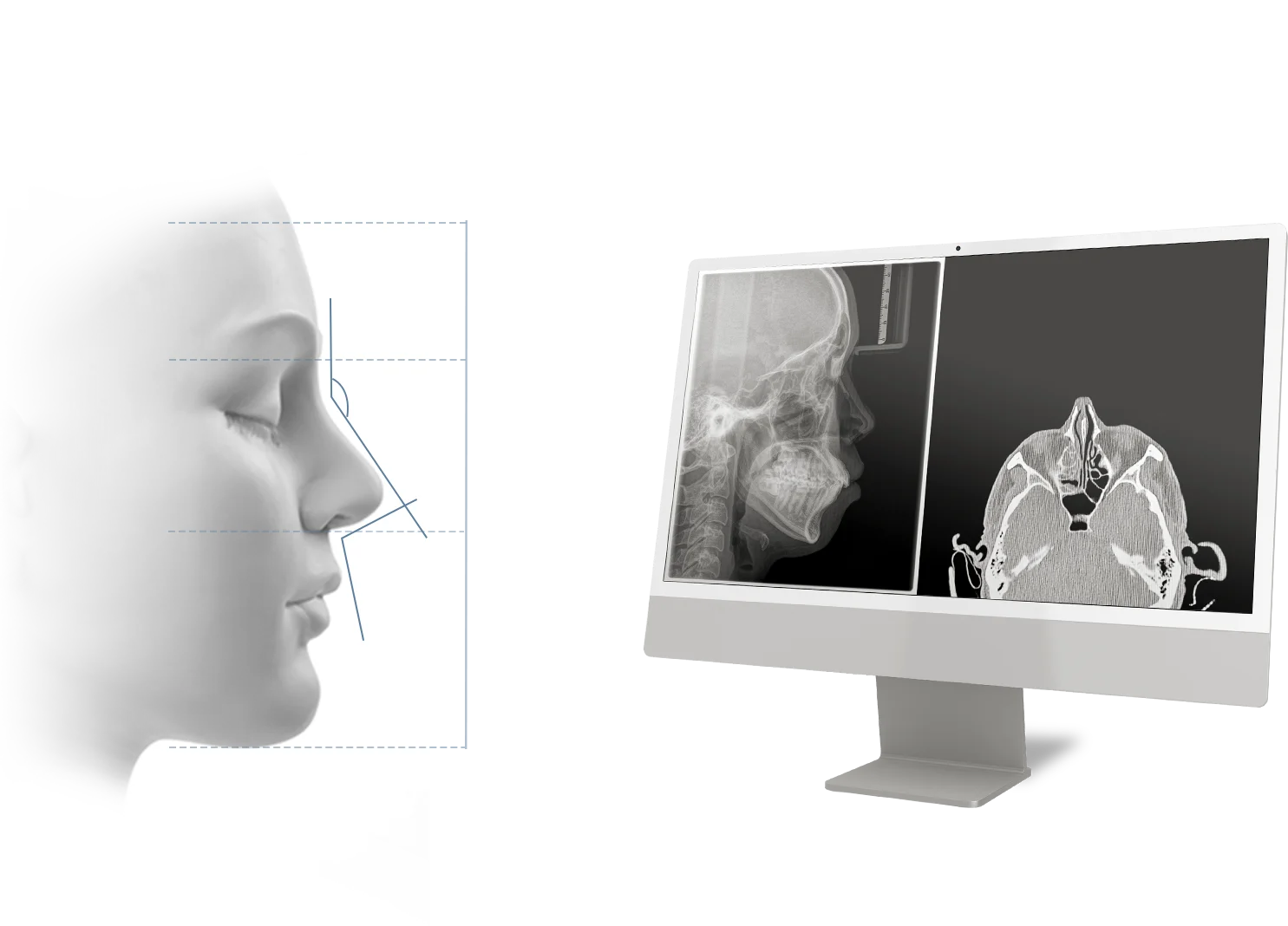
Accurate Cause Analysis through Detailed Examination
Accurate cause analysis
To avoid further revision,
the cause is precisely analyzed,
and surgery is carefully planned.
tissue distortion from the previous surgery.
At 345 Plastic Surgery, we ensure accurate analysis
and planning to minimize the need for additional revision surgeries.
- Corrects complications and problems from previous surgery.
- Restores a natural nasal line that suits the patient's face.
- Also addresses functional problems along with aesthetic correction.
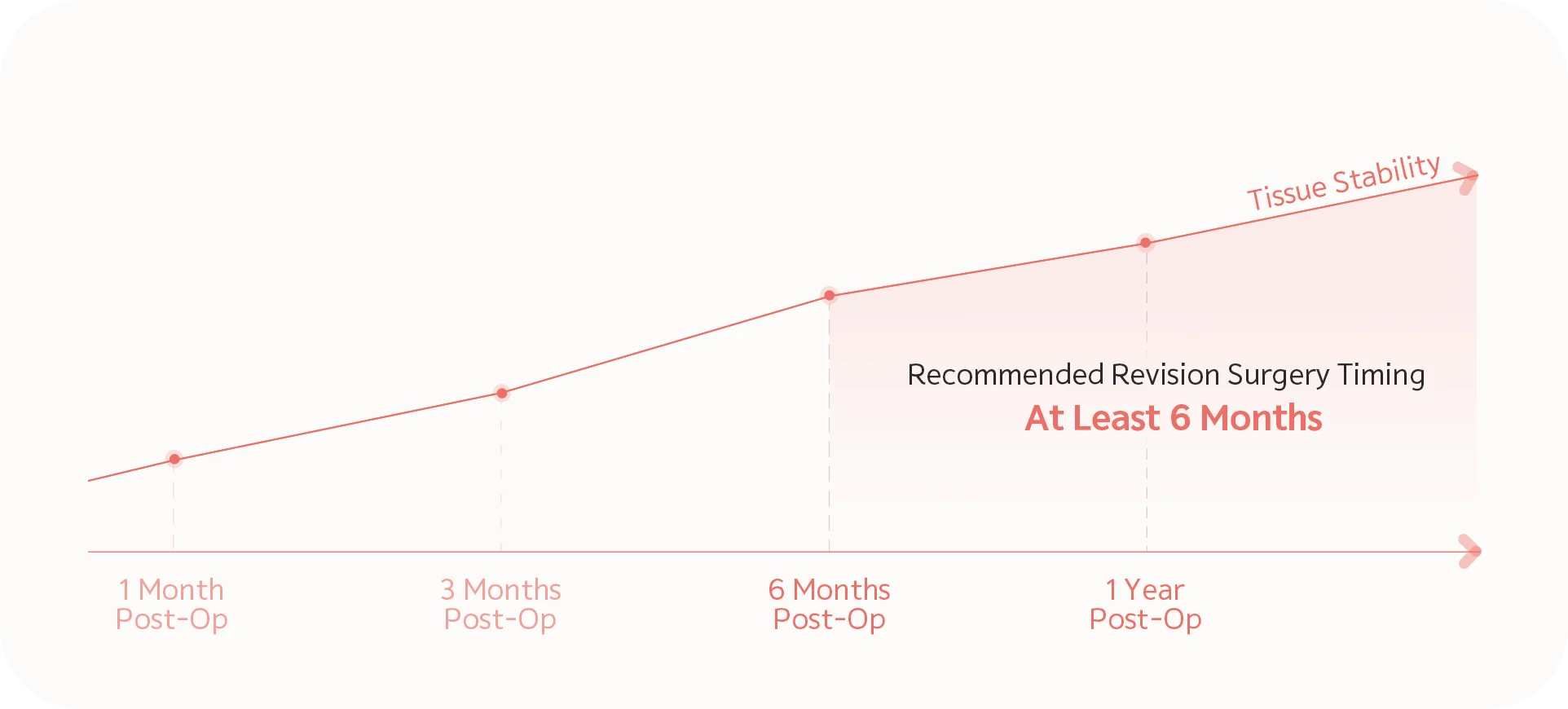
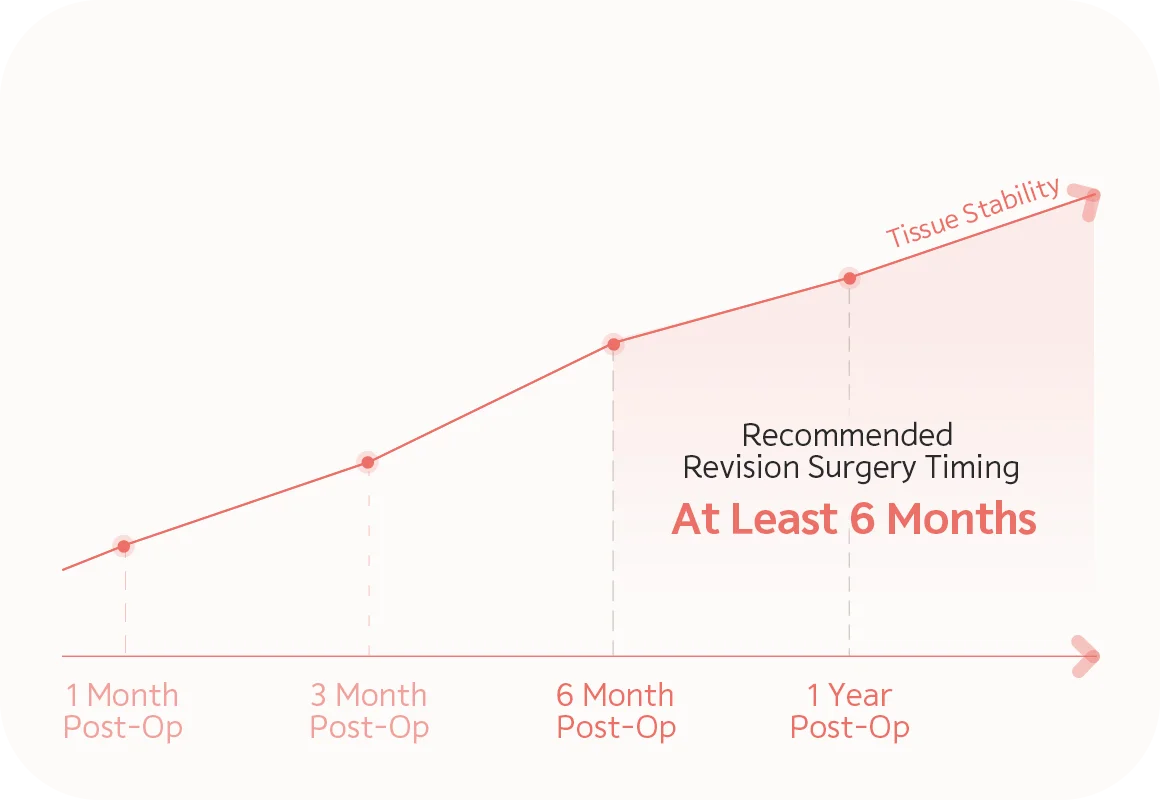
Breast revision
Nose revision surgery is recommended 6 months to 1 year after the initial surgery.
Waiting 6 months to 1 year allows for sufficient recovery of the damaged skin and tissue, reducing the risk of complications.
This approach helps achieve more satisfactory results than the initial surgery.
Nose revision surgery case
At 345 Plastic Surgery, we perform personalized revision rhinoplasty based on extensive experience and case-specific analysis.
Revision may be required when the nose shape is unsatisfactory, the implant is mispositioned, or inflammation and nasal tip deformities occur. As revision surgery is more complex than the initial surgery, it should be performed by a specialist after thorough consultation and analysis.
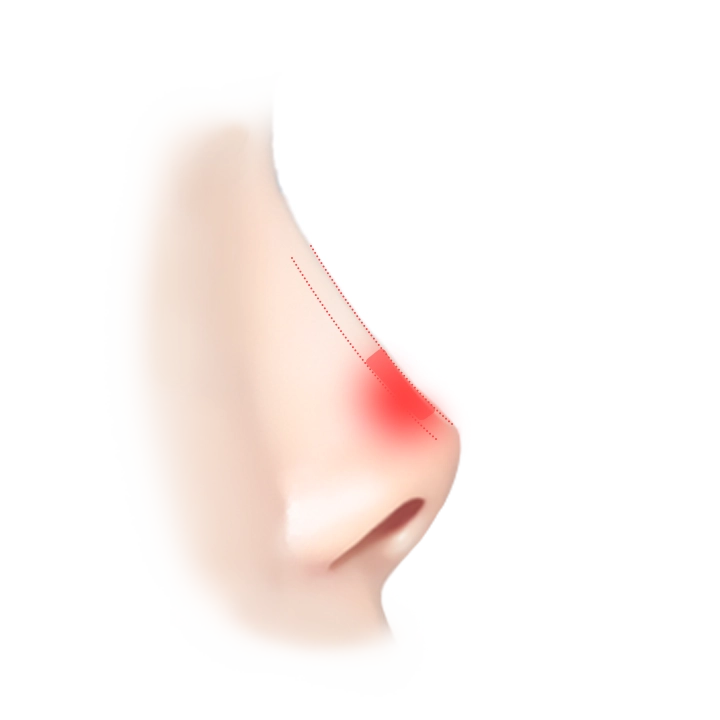
CASE 01
Correction of Capsular Contracture
Excessive scarring from implant-related inflammation causes tip shortening and upturning.
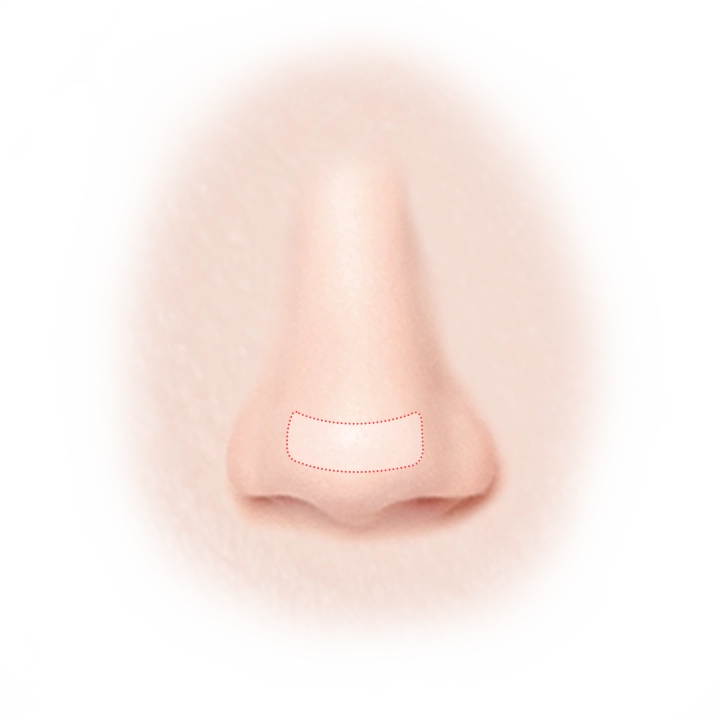
CASE 02
Implant or Cartilage Exposure
Implant descends to the tip or cartilage becomes visible due to thin nasal tip skin.
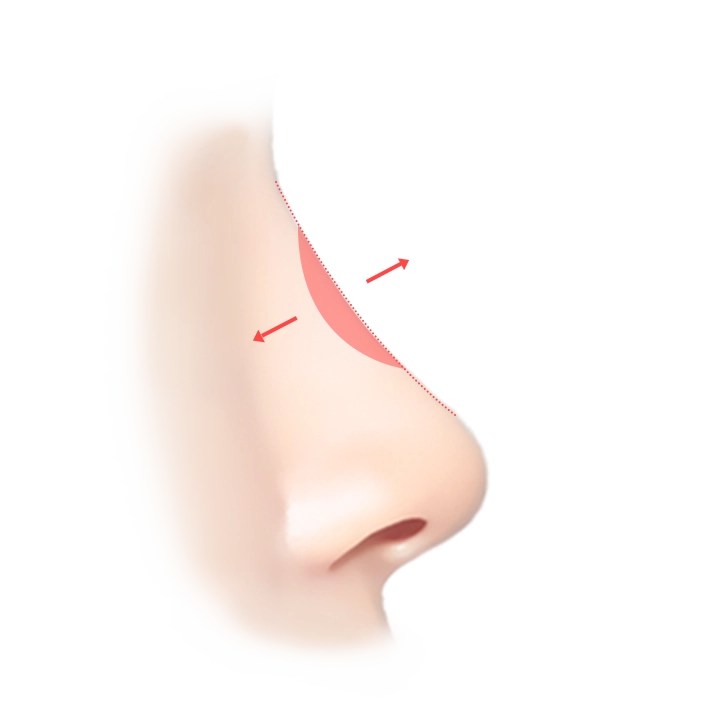
CASE 03
Correction of Implant Height
Nasal bridge becomes too low or too high after swelling subsides.
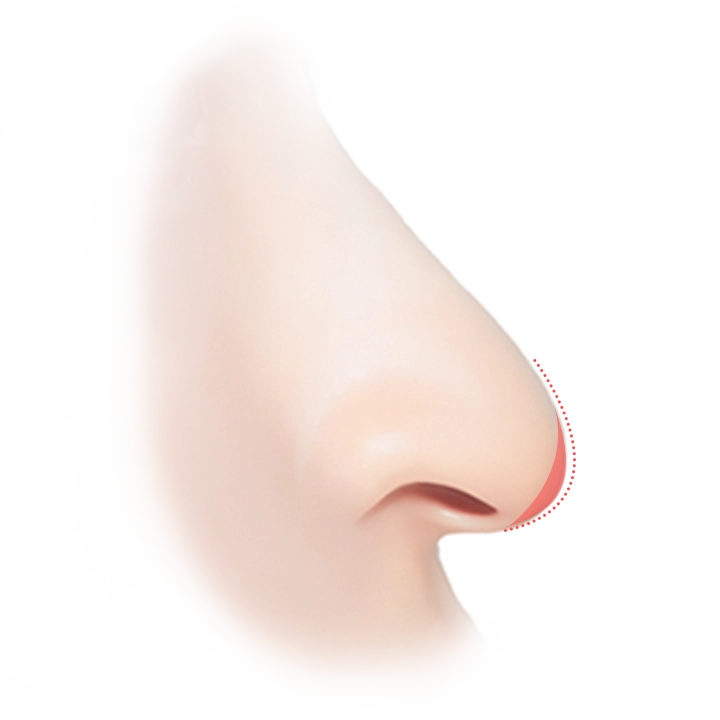
CASE 04
Drooping Nasal Tip
Tip droops due to insufficient support or a short columella.
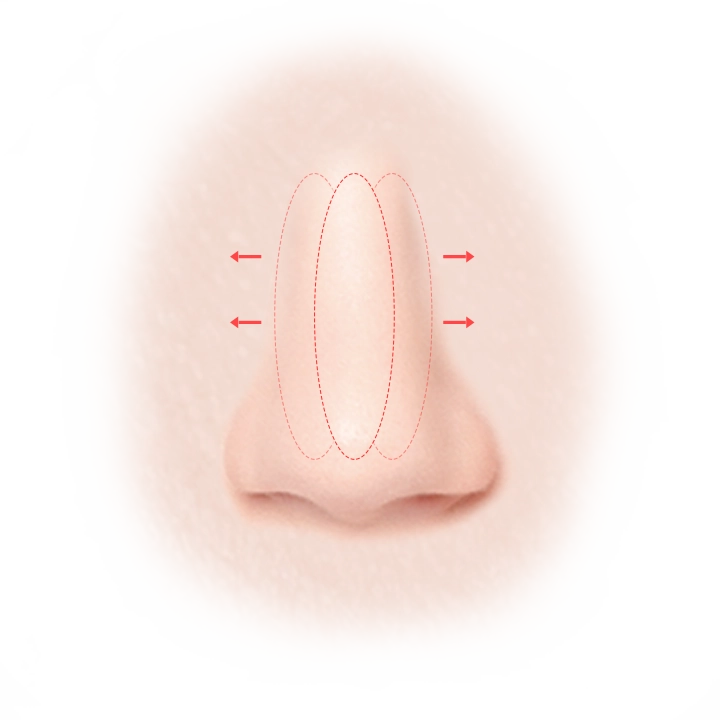
CASE 05
Implant Displacement
The implant is mobile and fails to support the nose properly.
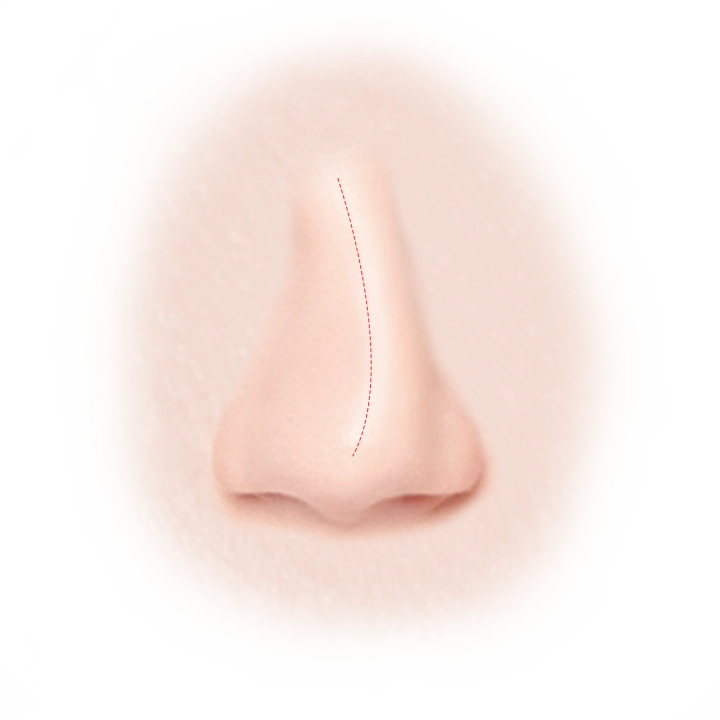
CASE 06
Crooked Nose
The nose appears crooked due to nasal bone deviation or asymmetric implant placement.
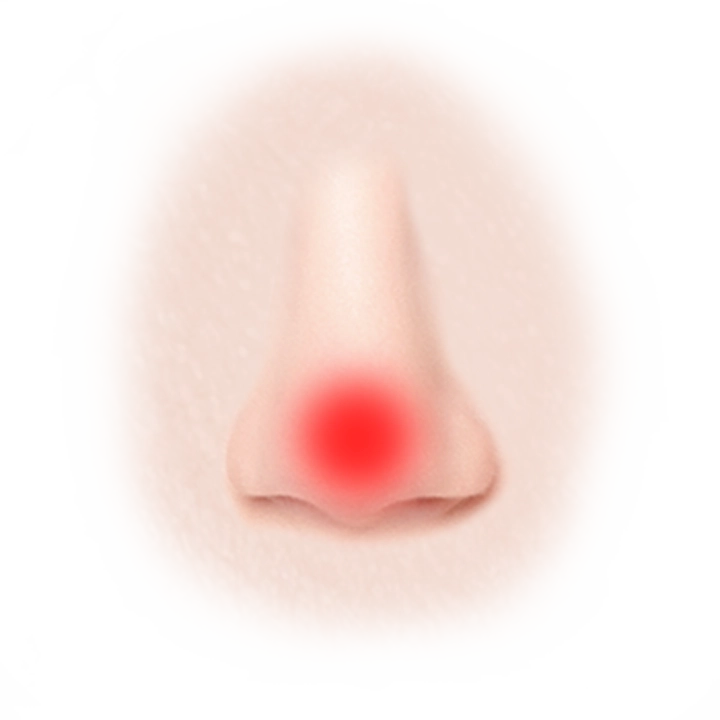
CASE 07
Inflammatory Reaction
Inflammation occurs at the nasal tip or bridge, often requiring implant removal or replacement.
Nose Plastic Surgery info
Quick Overview of
Nose Revision Rhinoplasty
At 345 Plastic Surgery, revision rhinoplasty aims to achieve more satisfactory results than the previous surgery.

Surgery Time
1 hour 30 minutes – 2 hours

Anesthesia
Sedation
Hospital Stay
Same-day discharge
Follow-Up Visits
3 visits
Recovery
After 1 week
Recommended target
Recommended for
these individuals
Are you concerned about surgery?
Feel free to inquire!
01
First, Crooked Nose
For those with a visibly crooked nasal bridge.
02
Second, Bridge Height Issue
For those with an excessively low or high nasal bridge.
03
Third, Tip Shape Issue
For those with an upturned or overly long nasal tip.
04
Fourth, Implant Complications
For those experiencing implant mobility or visibility issues.
Frequently Asked Questions
About Rhinoplasty
Is implant-free revision surgery possible for contracted nose cases?
Contracture is often caused by inflammation from implants like silicone or Gore-Tex. In revision surgery, it is recommended to avoid reusing implants. If contracture is implant-related, the standard is to remove the implant and perform the surgery without it.
Is implant-free rhinoplasty possible for everyone?
Whether or not to use an implant is a matter of choice. However, there may be limitations to how much the nasal bridge can be raised without an implant, which will be explained during consultation. If the nasal bridge is of average height, enhancing the nasal tip can make the nose stand out, making implant-free rhinoplasty a viable option.
Why does nasal tip drooping occur after rhinoplasty?
Since the implant is supported by the underlying bone, collapse of the nasal bridge is rare. However, if the nasal tip is lower than the bridge, it may appear as tip drooping. If the patient is prone to tip drooping, adjusting the bridge height or using supportive materials can minimize the risk. However, due to the constant pull of gravity, tip drooping may occur over 10 to 20 years as ligaments and surrounding tissues loosen with aging. Even without surgery, the nose naturally droops over time due to aging.